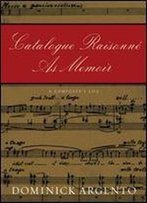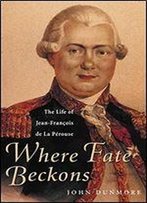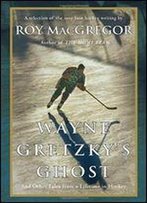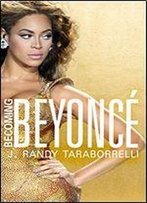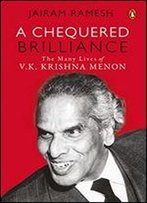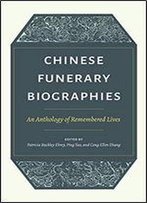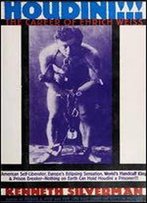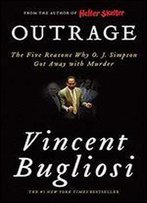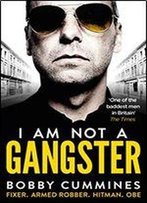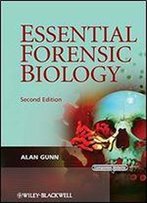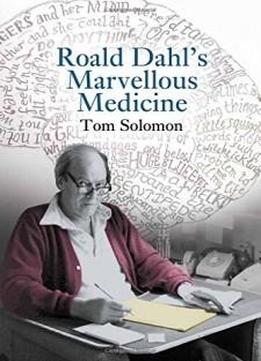
Roald Dahl's Marvellous Medicine
by Tom Solomon /
2017 / English / PDF
11.9 MB Download
Most people know Roald Dahl as a famous writer of children's books
and adult short stories, but few are aware of his fascination with
medicine. Right from his earliest days to the end of his life, Dahl
was intrigued by what doctors do, and why they do it. During his
lifetime, he and his family suffered some terrible medical
tragedies: Dahl nearly died when his fighter plane went down in
World War II; his son had severe brain injury in an accident; and
his daughter died of measles infection of the brain. But he also
had some medical triumphs: he dragged himself back to health after
the plane crash, despite a skull fracture, back injuries, and
blindness; he was responsible for inventing a medical device (the
Wade-Dahl-Till valve) to treat his son's hydrocephalus (water on
the brain), and he taught his first wife Patricia to talk again
after a devastating stroke. His medical interactions clearly
influenced some of his writing - for example the explosive potions
in George's Marvellous Medicine. And sometimes his writing impacted
on events in his life - for example the research on neuroanatomy he
did for his short story William and Mary later helped him design
the valve for treating hydrocephalus.
Most people know Roald Dahl as a famous writer of children's books
and adult short stories, but few are aware of his fascination with
medicine. Right from his earliest days to the end of his life, Dahl
was intrigued by what doctors do, and why they do it. During his
lifetime, he and his family suffered some terrible medical
tragedies: Dahl nearly died when his fighter plane went down in
World War II; his son had severe brain injury in an accident; and
his daughter died of measles infection of the brain. But he also
had some medical triumphs: he dragged himself back to health after
the plane crash, despite a skull fracture, back injuries, and
blindness; he was responsible for inventing a medical device (the
Wade-Dahl-Till valve) to treat his son's hydrocephalus (water on
the brain), and he taught his first wife Patricia to talk again
after a devastating stroke. His medical interactions clearly
influenced some of his writing - for example the explosive potions
in George's Marvellous Medicine. And sometimes his writing impacted
on events in his life - for example the research on neuroanatomy he
did for his short story William and Mary later helped him design
the valve for treating hydrocephalus.
In this unique book, Professor Tom Solomon, who looked after Dahl
towards the end of his life, examines Dahl's fascination with
medicine. Taking examples from Dahl's life, and illustrated with
excerpts from his writing, the book uses Dahl's medical
interactions as a starting point to explore some extraordinary
areas of medical science. Solomon is an award-winning science
communicator, and he effortlessly explains the medical concepts
underpinning the stories, in language that everyone can understand.
The book is also peppered with anecdotes from Dahl''s late night
hospital discussions with Solomon, which give new insights into
this remarkable man's thinking as his life came to an end.
In this unique book, Professor Tom Solomon, who looked after Dahl
towards the end of his life, examines Dahl's fascination with
medicine. Taking examples from Dahl's life, and illustrated with
excerpts from his writing, the book uses Dahl's medical
interactions as a starting point to explore some extraordinary
areas of medical science. Solomon is an award-winning science
communicator, and he effortlessly explains the medical concepts
underpinning the stories, in language that everyone can understand.
The book is also peppered with anecdotes from Dahl''s late night
hospital discussions with Solomon, which give new insights into
this remarkable man's thinking as his life came to an end.
